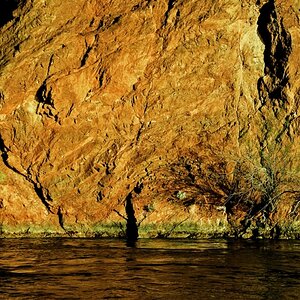vintagesnaps
Been spending a lot of time on here!
- Joined
- Jan 13, 2013
- Messages
- 9,119
- Reaction score
- 3,109
- Location
- US
- Can others edit my Photos
- Photos NOT OK to edit
I don't know about the OP but I skipped on ahead... what was the question again? lol
I'd say, meter the scene. Then you'll know when you adjust ISO/shutter speed/aperture if you're getting the amount of light needed for a proper exposure.
I'd say, meter the scene. Then you'll know when you adjust ISO/shutter speed/aperture if you're getting the amount of light needed for a proper exposure.



![[No title]](/data/xfmg/thumbnail/35/35871-d9de705fa64b06051419be6d3739d6ac.jpg?1619737197)
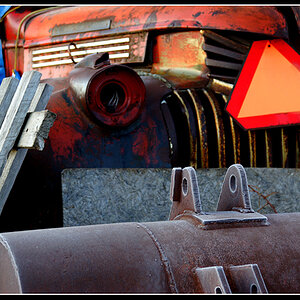
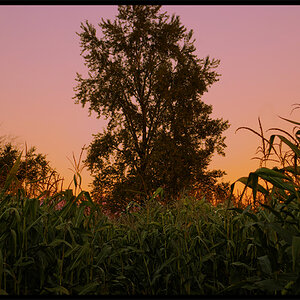
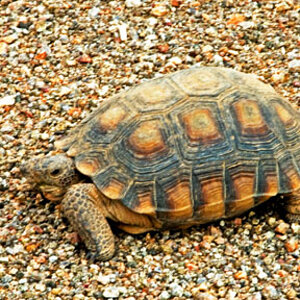
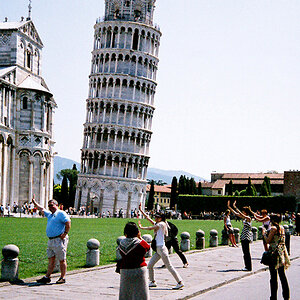
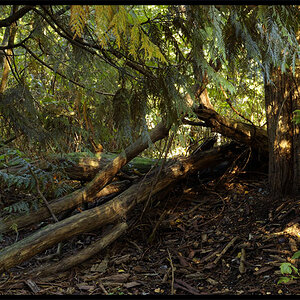
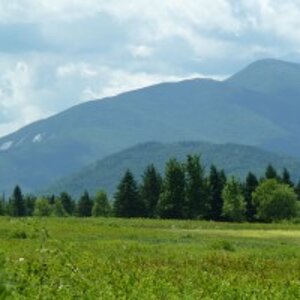
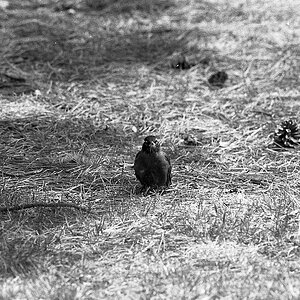
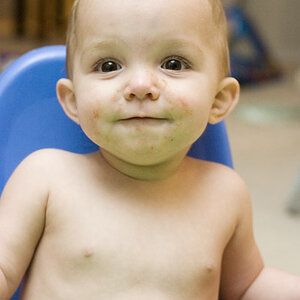
![[No title]](/data/xfmg/thumbnail/38/38261-db20f6f92ee8f0d4c5cf1536e308638b.jpg?1619738546)
![[No title]](/data/xfmg/thumbnail/32/32180-aee1597d1cfb87ae220637f19420b65b.jpg?1619735235)
